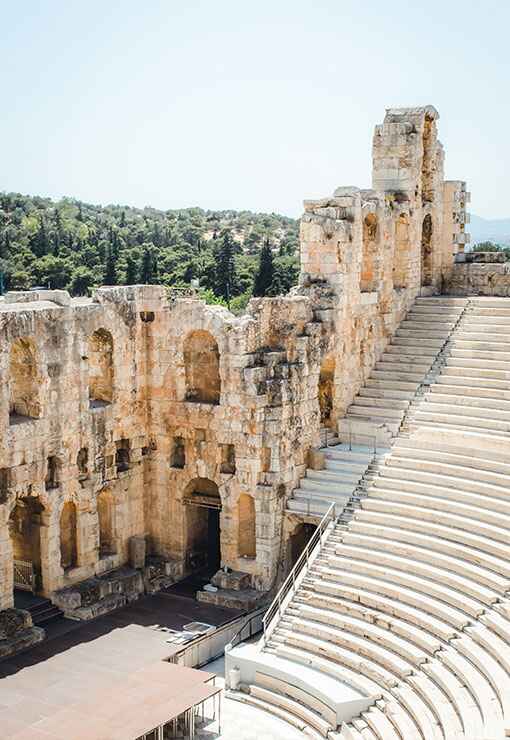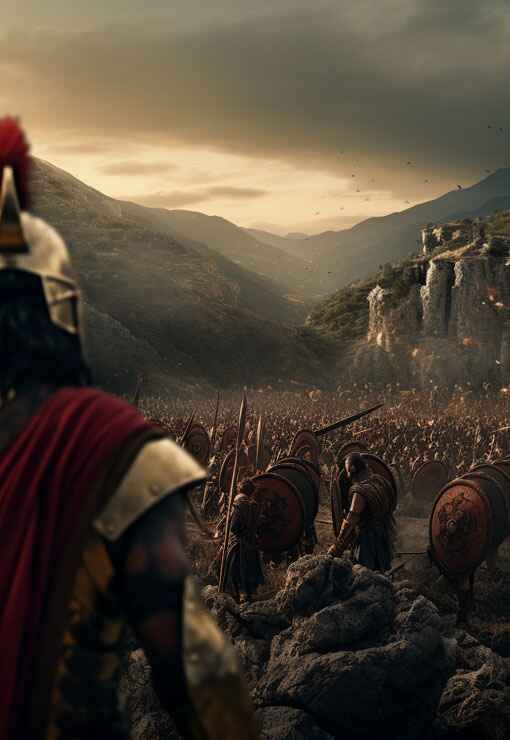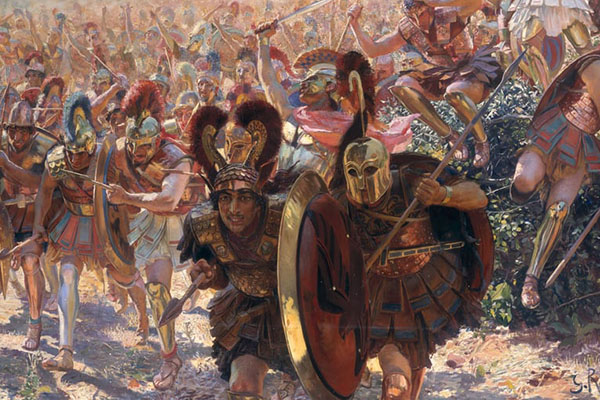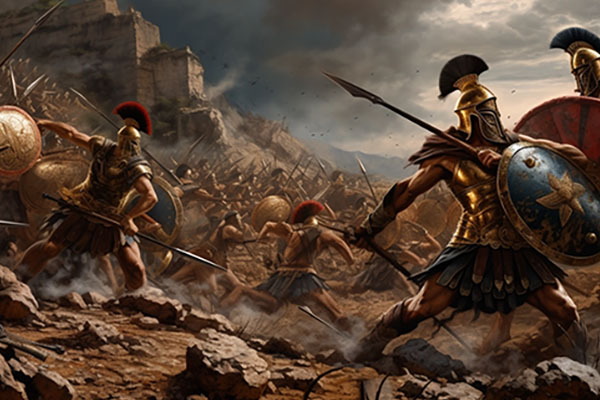The Ionian Revolt, along with uprisings in Aeolis, Doris, Cyprus, and Caria, unfolded from 499 BC to 493 BC. Greek regions in Asia Minor rebelled against Persian rule, fueled by discontent over appointed tyrants and the actions of Milesian leaders Histiaeus and Aristagoras.
II. Persian Rule and Rebellion's Catalyst:
Conquered in 540 BC, Ionia's Greek cities were governed by native tyrants chosen by the Persian satrap in Sardis. Aristagoras, the tyrant of Miletus, triggered the rebellion by initiating a failed expedition to Naxos in 499 BC, leading to widespread opposition against Persian King Darius the Great.
III. Initial Victories and Setbacks:
In 498 BC, Ionians, supported by Athens and Eretria, captured Sardis but faced defeat at the Battle of Ephesus on their return. The Persians counterattacked in 497 BC, experiencing setbacks in Caria at the Battle of Pedasus. The revolt resulted in a stalemate in 496 BC and 495 BC.
IV. Decisive Persian Response:
By 494 BC, Persians regrouped, defeating the Ionian fleet at the Battle of Lade and besieging Miletus. The surrender of Miletus and Caria marked the end of the revolt in 493 BC, with Persians imposing peace in Ionia.
V. Significance and Consequences:
The Ionian Revolt marked the first major conflict between Greece and the Persian Empire, initiating the Greco-Persian Wars. Although Persian control was restored in Asia Minor, Darius sought revenge against Athens and Eretria, leading to the first Persian invasion in 492 BC as a direct consequence of the Ionian Revolt.
| Start Date | 499 BC |
|---|---|
| End Date | 494 BC |

Did you
know?
The Ionian Revolt marked the first major conflict in the Greco-Persian Wars.
Wars
View allALLFurther Reading
Art &
Architecture
Ancient Greek art and architecture, with its harmonious proportions and timeless elegance, continue to inspire awe and admiration millennia later.
Discover
Greek Mythology & Mythical Characters
Greek mythology, a rich tapestry of gods, heroes, and mythical creatures, captivates the imagination with its tales of love, betrayal, and epic adventures that delve into the depths of the human psyche.
Discover
Ancient Greek History
Ancient Greek history, marked by remarkable achievements in democracy, philosophy, and warfare, shaped the foundation of Western civilization, leaving an indelible legacy of innovation and cultural influence that continues to resonate to this day.
Discover
Ancient Greek Olympics
The ancient Greek Olympics, held in Olympia every four years, celebrated athleticism, unity, and cultural pride, serving as a testament to the enduring spirit of competition and excellence that transcends time and borders.
Discover
Ancient Greek Wars
Ancient Greek wars, such as the Persian Wars and the Peloponnesian War, were pivotal conflicts that shaped the course of history, highlighting the struggle for power, independence, and the clash of civilizations in the ancient Mediterranean world.
Discover
Ancient Greek Culture and Society
Ancient Greek culture and society, characterized by its emphasis on art, philosophy, and civic engagement, fostered a vibrant intellectual and social landscape where innovation flourished, democracy thrived, and the pursuit of knowledge and excellence was celebrated as fundamental values of civilized life.
Discover


